Caridina Shrimp Tank Maintenance: Did you know Caridina shrimp need a pH below 7 to thrive? Keeping the water just right is key for their health. As someone who loves keeping these shrimp, I’ve learned that creating a natural environment is crucial.
Caridina shrimp are special. They need specific care that’s different from other shrimp. To keep them healthy, you must understand their needs and set up their tank right. This includes keeping the water quality stable and choosing the right substrate and filtration.
In this guide, I’ll share my knowledge on caring for Caridina shrimp. We’ll explore their natural homes, popular types, and how to set up a great tank for them. Whether you’re new to shrimp keeping or looking to grow your collection, this article will help you create a thriving Caridina shrimp aquarium.
Table of Contents
Key Takeaways:
- Caridina shrimp require specific water parameters, including a pH below 7, GH of 2-5, and KH of 0-2.
- Maintaining stable water quality is crucial for the health and molting process of Caridina shrimp.
- Providing a suitable substrate and filtration system is essential for creating a healthy biofilm, which serves as a food source for shrimp.
- Regular water changes and monitoring of water parameters are key to preventing common health issues in Caridina shrimp.
- Understanding the unique requirements of different Caridina shrimp varieties is important for providing them with optimal care.
Understanding Caridina Shrimp Species
Caridina shrimp are loved by many aquarium fans for their bright colors and fun personalities. They come from different parts of Asia and need special care. Knowing their needs is key to keeping and breeding them.
Popular Caridina Shrimp Varieties
Some top Caridina shrimp species are:
- Crystal shrimp (Caridina cantonensis)
- Tiger shrimp (Caridina mariae)
- Blue Bolt shrimp (Caridina cantonensis var. “Blue Bolt”)
- Bee shrimp (Caridina cantonensis var. “Crystal Black”)
These shrimp stand out with their striking colors and patterns. They range from deep blacks and reds to bright blues and whites. Their looks make them very popular among shrimp lovers and collectors.
Unique Care Requirements of Caridina Shrimp
Caridina shrimp need softer, more acidic water than other shrimp. They do best in water with low minerals. Here are the best water conditions for them:
| Parameter | Ideal Range |
|---|---|
| Temperature | 64°F – 76°F (18°C – 24°C) |
| pH | 6.0 – 7.5 |
| Total Dissolved Solids (TDS) | 100 – 200 ppm |
| General Hardness (GH) | 4 – 6 dGH |
| Carbonate Hardness (KH) | 0 – 2 dKH |
Keeping the water stable is vital for Caridina shrimp’s health. They are sensitive to changes in water hardness and pH. This can cause molting issues and stress. Regular water checks and upkeep are crucial for their well-being.
Caridina shrimp are best for experienced aquarists. They need a deep understanding of water chemistry and a commitment to care. With the right attention, they can thrive and breed, offering a rewarding experience for their keepers.
Setting Up the Ideal Caridina Shrimp Tank
Setting up a tank for Caridina shrimp requires careful thought. You need to choose the right tank size, substrate, filtration, and aeration. This ensures a healthy environment for your shrimp. By picking the best components, you create a balanced ecosystem for your Caridina shrimp.
Choosing the Right Tank Size
A small group of shrimp can live in a three-gallon tank. But, I suggest a tank of five to eight gallons for Caridina shrimp. A bigger tank is easier to keep clean and keeps the water stable. This is key for the sensitive Caridina species.
If you plan to keep peaceful fish with your shrimp, a 20-gallon tank is best. It gives enough space for all the inhabitants.
Substrate Options for Caridina Shrimp
Caridina shrimp need a pH between 5.8 and 6.4. They require an active substrate to keep the water acidic. Substrates made for planted aquariums or shrimp tanks are perfect. These substrates help maintain the right water conditions for your shrimp’s health.
Filtration and Aeration
I recommend a sponge filter for Caridina shrimp tanks. Sponge filters are gentle and won’t suck up small shrimp. They also ensure good aeration, keeping the water oxygen-rich for your shrimp.
Adding live plants to your tank is a great idea. Plants like Java moss and floating plants like duckweed or red root floaters are good. They look nice, provide food, and give hiding spots for your shrimp. These plants help create a natural environment, supporting your shrimp’s growth and health.
| Parameter | Ideal Range |
|---|---|
| Tank Size | 5-8 gallons (minimum) |
| pH | 5.8-6.4 |
| Temperature | 65-72°F |
| General Hardness (GH) | 3-4 dGH |
| Carbonate Hardness (KH) | Close to 0 dKH |
Water Parameters for Caridina Shrimp
Keeping the water right is key for Caridina shrimp’s health. They need specific conditions to do well. Even small changes can stress or make them sick. Here, we’ll talk about the best pH levels, water hardness, and temperature for their tanks.
Optimal pH Levels
Caridina shrimp like water that’s a bit acidic. The best pH is between 6.0 and 6.8. It’s important to check the pH often and adjust it if needed to keep it steady.
Ideal Water Hardness (GH and KH)
Water hardness is crucial for Caridina shrimp’s growth. They need a GH of 4 to 6 dGH and a KH of 0 dKH. This helps them grow strong shells and molt properly.
| Parameter | Ideal Range |
|---|---|
| pH | 6.0 – 6.8 |
| GH | 4 – 6 dGH |
| KH | 0 dKH |
| TDS | 140 – 150 ppm |
Temperature Range
Caridina shrimp come from warm places. They need a temperature between 68°F and 74°F (20°C to 23°C) to stay healthy. If it’s too hot or cold, they might get stressed, eat less, and get sick easier.
To get the water just right, use RODI water and a remineralizer like SaltyShrimp GH+. Also, using a good substrate like ADA Amazonia or Fluval Stratum helps keep the pH stable.
Cycling and Establishing a Healthy Biofilm
Before adding Caridina shrimp to your tank, it’s key to cycle the aquarium and build a healthy biofilm. Cycling lets beneficial bacteria grow in the filter media, substrate, and tank surfaces. This process takes at least two months to ensure a stable home for your shrimp.
To start cycling, add an active substrate, set up a filter, and introduce beneficial bacteria. Do weekly water changes of about 25% and watch the Total Dissolved Solids (TDS) levels. After two months, check the water for ammonia and nitrites. If both are zero, do a 50% water change and check the TDS, General Hardness (GH), and Carbonate Hardness (KH) before adding your shrimp.
Creating a healthy biofilm is also crucial for your shrimp’s health. Biofilm is a thin layer of beneficial microorganisms on surfaces like plants and driftwood. It’s a vital food source for shrimp and keeps the ecosystem balanced.
To encourage biofilm growth, consider these tips:
- Add natural elements like Indian Almond leaves, driftwood, and cholla wood for bacteria to grow on.
- Include aquatic plants, especially mosses, as a food source and for biofilm growth.
- Use lava rocks or other porous materials for more biofilm surfaces.
- Feed powdered foods like Bacter AE or Shrimp King BioTase Active to boost biofilm growth.
While a rich biofilm is good for shrimp, too much can be bad. It can use up oxygen, leading to low oxygen levels. To avoid this, add an airstone or other oxygen boosters.
By cycling your tank well and creating a healthy biofilm, you’ll make a great home for your shrimp. They’ll thrive, breed, and show off their colors.
Caridina Shrimp Tank Maintenance
Keeping a Caridina shrimp tank healthy needs regular care. As a shrimp lover, I’ve learned that keeping up with maintenance is crucial. We’ll look at important parts of caring for your tank, like water changes, checking water quality, and cleaning the substrate and decorations.
Regular Water Changes
Changing the tank water regularly is key. I suggest changing 10% to 25% of the water each week. This removes waste, adds minerals, and keeps water stable. Use aged, dechlorinated water with a TDS of 150 PPM to keep your shrimp stress-free.
Monitoring Water Quality
It’s important to check the water quality often. Test for ammonia, nitrite, nitrate, pH, GH, and KH levels. Caridina shrimp prefer:
| Parameter | Recommended Range |
|---|---|
| Ammonia and Nitrite | 0 ppm |
| Nitrate | Below 10 ppm |
| pH | 6.0 – 6.8 |
| GH | 4-6 dGH |
| KH | 0-1 dKH |
| TDS | 140-150 PPM |
| Temperature | 68-74°F (20-23°C) |
By watching these levels and adjusting as needed, you can keep your tank healthy for your shrimp.
Cleaning the Substrate and Decorations
Don’t forget to clean the substrate and decorations too. Use a gentle gravel vacuum to remove debris without harming the biofilm. To avoid catching shrimp, cover the vacuum with a fine mesh or stocking. Be careful when cleaning decorations to avoid harming the shrimp or plants.
By focusing on these maintenance tasks, you can make a great home for your Caridina shrimp. Remember, being consistent is the secret to a healthy shrimp tank.
Feeding Caridina Shrimp
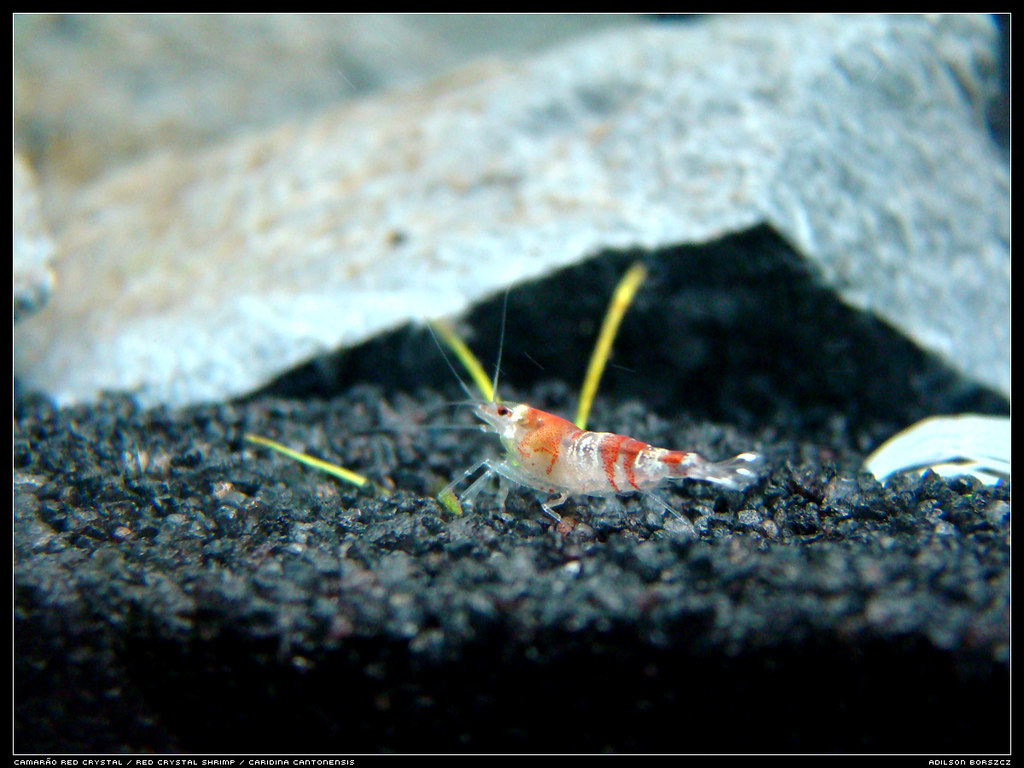
It’s key to give Caridina shrimp a balanced diet for their health and breeding. As a shrimp keeper, I know it’s vital to feed them high-quality food. This avoids overfeeding, which can harm the water quality.
Balanced Diet for Caridina Shrimp
A good diet for Caridina shrimp includes:
- High-quality commercial shrimp food made for their needs
- Biofilm and algae that grow in the tank naturally
- Occasional treats like blanched veggies (spinach, zucchini, carrots)
I suggest changing up the shrimp food to give them different nutrients. It’s important to pick reputable brands for their health and color.
Frequency and Amount of Feeding
Feed Caridina shrimp once a day. Make sure the food is just enough for them to eat in a few minutes. This keeps the water quality good and stops overfeeding.
| Tank Size | Number of Shrimp | Amount of Food |
|---|---|---|
| 5 gallons | 10-15 | A pinch or small scoop |
| 10 gallons | 20-30 | Two pinches or small scoops |
| 20 gallons | 40-60 | Three to four pinches or small scoops |
Shrimp are always looking for food, eating biofilm and algae too. This natural eating helps their diet and keeps the tank clean.
Avoiding Overfeeding
Overfeeding is a big mistake in shrimp care. It can quickly ruin the water quality. Leftover food and waste can cause ammonia and nitrite spikes, harming the shrimp.
To prevent overfeeding, I watch my shrimp closely during meals. I remove any food they don’t eat in a few minutes. This keeps the water stable and healthy for my shrimp.
By giving them a balanced diet, feeding them right, and avoiding overfeeding, my Caridina shrimp stay healthy. They thrive in a clean, well-balanced tank.
Plants and Decorations in a Caridina Shrimp Tank
Adding live plants and decorations to your Caridina shrimp tank makes it look better. It also helps your shrimp in many ways. Plants clean the water, give shrimp places to hide, and even serve as food.
Benefits of Live Plants
Live plants in your Caridina shrimp tank have many benefits:
- They help lower nitrate levels by taking in extra nutrients.
- They offer natural hiding spots and shelter for shrimp.
- They grow biofilm on leaves and stems for shrimp to eat.
- They help oxygenate the water through photosynthesis.
- They make the tank look better.
When picking plants for your tank, think about the tank size and how many plants you can have. For a small tank, choose one to five plant species. In a 5 to 8 gallon tank, you can have a variety of plants to make the environment lush and natural.
Suitable Plant Species for Caridina Shrimp
Here are some great plants for Caridina shrimp tanks:
- Mosses: Java moss, Christmas moss, and Flame moss are great for hiding spots and biofilm growth, perfect for baby shrimp.
- Low-light plants: Java ferns, Anubias, and Bucephalandra are easy to care for and grow slowly, making them good for shrimp tanks.
- Foreground plants: Pygmy chain sword, dwarf baby tears, and dwarf hairgrass create a lush carpet and offer food for shrimp.
- Floating plants: Riccia fluitans, Azolla spp., and common duckweed add interest and let shrimp explore all levels of the tank.
You can also add natural decorations like Indian Almond Leaves, Guava Leaves, and Oak Leaves. These release tannins and help with biofilm growth. Cholla logs and driftwood provide more hiding spots and surfaces for biofilm.
| Plant Type | Examples | Benefits |
|---|---|---|
| Mosses | Java moss, Christmas moss, Flame moss | Hiding spots, biofilm growth |
| Low-light plants | Java ferns, Anubias, Bucephalandra | Low-maintenance, suitable for shrimp tanks |
| Foreground plants | Pygmy chain sword, dwarf baby tears, dwarf hairgrass | Lush carpet, grazing opportunities |
| Floating plants | Riccia fluitans, Azolla spp., common duckweed | Added interest, occupying all tank levels |
Choosing Compatible Tank Mates
When picking tank mates for Caridina shrimp, it’s key to choose peaceful fish and non-aggressive species. Any fish that can eat shrimp is a danger. So, it’s important to do your research before adding them to the tank.
- Small invertebrates like nerite, mystery, bladder, and Malaysian trumpet snails, with a caution that snail population growth may impact the shrimp population
- Larger filter-feeding shrimp, such as bamboo and vampire shrimp
- Otocinclus catfish, known for being good algae eaters and compatible with Caridina shrimp
- Small nano fish like Ember Tetras, Green Neon Tetras, Celestial Pearl Danios, Chili Rasboras, and Kubotai Rasboras that could coexist peacefully with the shrimp
- Small livebearers like guppies and Endler’s livebearers, which have been successfully kept with Caridina shrimp in tanks with dense foliage like java moss
But, some fish should be avoided as tank mates for Caridina shrimp:
- Medium to large-sized fish such as goldfish, cichlids, and rainbowfish
- Fish with a meat-eating tendency like bettas, dwarf cichlids, and pea puffers
- Fast and hungry nano fish, such as zebra danios and silver tip tetras
When stocking a Caridina shrimp tank with fish, keep the population density right. Aim for no more than one fish per gallon of water. This avoids overcrowding. Bottom-dwelling fish, like Corydoras catfish and Pygmy Corydoras, are great because they help keep the tank clean.
| Compatible Tank Mates | InCompatible Tank Mates |
|---|---|
| Otocinclus Catfish | Goldfish |
| Ember Tetras | Cichlids |
| Chili Rasboras | Rainbowfish |
| Pygmy Corydoras | Bettas |
| Endler’s Livebearers | Pea Puffers |
By choosing peaceful fish and non-aggressive tank mates, you can create a thriving community. This allows your Caridina shrimp to thrive in a stress-free environment.
Common Health Issues and Their Prevention
Keeping Caridina shrimp healthy is crucial. They can face health problems that affect their life quality and even lead to death. We will look at common health issues and how to prevent them.
Molting Problems
Molting is important for Caridina shrimp growth. But, problems can occur due to bad water or not enough calcium. If a shrimp can’t shed its exoskeleton, it may get stuck or die. To avoid this, keep water parameters right and feed them calcium-rich foods.
Bacterial and Fungal Infections
Poor water quality and stress can cause infections in Caridina shrimp. These infections show as white patches or fuzzy growth. To stop infections, keep water clean, change it often, and avoid overcrowding. Remove dead shrimp and decaying matter quickly.
Preventive Measures
Preventing health issues is better than treating them. Here are key steps to keep your shrimp healthy:
- Maintain stable water parameters within the ideal range for Caridina species
- Perform regular water changes (20-50% volume) to remove toxins and replenish nutrients
- Provide a balanced diet with a variety of high-quality foods, including calcium-rich options
- Avoid overcrowding by maintaining a maximum of 5 shrimp per gallon of water
- Regularly clean the substrate and decorations to prevent the buildup of harmful bacteria and fungi
- Quarantine new shrimp before introducing them to the main tank to prevent the spread of diseases
| Preventive Measure | Benefit |
|---|---|
| Maintain stable water parameters | Reduces stress and promotes healthy molting |
| Regular water changes | Removes toxins and replenishes nutrients |
| Balanced diet with calcium | Supports healthy growth and molting |
| Avoid overcrowding | Minimizes stress and water quality issues |
| Clean substrate and decorations | Prevents the buildup of harmful bacteria and fungi |
| Quarantine new shrimp | Reduces the risk of introducing diseases to the main tank |
By following these steps, I’ve kept my Caridina shrimp healthy. A proactive approach to caring for them is essential for enjoying their beauty for years.
Breeding and Propagating Caridina Shrimp
Breeding Caridina shrimp is exciting and rewarding. You need the right tank setup and stable water to encourage breeding. Java moss is great for hiding spots and food for the shrimplets.
When conditions are right, the female shrimp will carry eggs until they hatch. The tiny shrimplets need special care. Feed them powdered shrimp food and keep the tank’s biofilm healthy for nutrition.
To boost breeding success, consider these factors:
- Tank size: A 20-gallon long tank is best for breeding Caridina species like Crystal Red Shrimp (CRS).
- Water parameters: Keep the water stable with a pH of 6.0-7.5, temperature 64-76°F, TDS 100-200ppm, GH 4-6dGH, and KH 0-2dKH.
- Feeding: Give a balanced diet of high-quality shrimp food. Feed just enough for 2-3 hours to avoid overfeeding.
- Water quality: Change 25-30% of the water weekly to keep it optimal and prevent harm to the shrimplets.
Different Caridina shrimp species have unique needs. Research the specific requirements of your species for the best results.
| Caridina Shrimp Species | Lifespan | Max Size | Temperature Range | pH Range | TDS Range | GH Range | KH Range |
|---|---|---|---|---|---|---|---|
| Crystal Red Shrimp (CRS) | 1-2 years | 1-1.25 inches | 64-76°F | 6.0-7.5 | 100-200ppm | 4-6dGH | 0-2dKH |
| Taiwan Bee Shrimp | 1-2 years | 1-1.25 inches | 64-76°F | 6.0-7.5 | 100-200ppm | 4-6dGH | 0-2dKH |
With a well-maintained tank and stable water, your Caridina shrimp will breed well. Be patient and care for them properly. Soon, you’ll enjoy the tiny shrimplets that will fill your tank, adding joy to your shrimp-keeping journey.
Conclusion
Keeping Caridina shrimp can be both fascinating and rewarding. By knowing their needs and giving them proper care, you can create a great home for them. It’s important to set up a tank that’s just right, with the right size, substrate, and equipment.
Keeping the water quality right is key. This means keeping the pH, hardness, and carbonate hardness in the right range. Also, make sure the tank is cycled and the temperature is just right, between 72°F and 78°F.
Regular tank maintenance is crucial. This includes changing the water, checking its quality, and cleaning the tank. Giving them a balanced diet and not overfeeding them is also important. Live plants add beauty and provide food and shelter.
When choosing tank mates, pick ones that get along with Caridina shrimp. This helps keep everyone happy and healthy. Being careful about their health and taking steps to prevent problems is important.
With the right care, you can even breed and raise these amazing shrimp. This lets you enjoy their colors and personalities for years. The main thing is to understand their needs and create a stable, natural environment for them.
FAQ
What are the ideal water parameters for Caridina shrimp?
How do I set up a Caridina shrimp tank?
What should I feed my Caridina shrimp?
How often should I perform water changes in my Caridina shrimp tank?
Can I keep other fish with my Caridina shrimp?
How do I prevent molting problems in my Caridina shrimp?
What plants are suitable for a Caridina shrimp tank?
How can I encourage my Caridina shrimp to breed?
| International Body | Website |
| American Aquarium Association | https://www.americanaquariumproducts.com/ |
| Aquatic Plant Society | https://www.aquaticplantsociety.org/ |
| Aquatic Veterinarians | https://www.aquavetmed.info/ |
| International Aquatic Plants Society | https://www.iapso-online.com/ |
| International Shrimp Competitions | https://www.shrimpspot.com/ |
| Shrimp and Freshwater Invertebrates | https://www.shrimpspot.com/forums/freshwater-invertebrates.37/ |
I am a passionate aquarist with over 30 years of hands-on experience in fishkeeping. My journey began at a young age, collecting fish from the wild and learning through experimentation. Specializing in tropical fish, I bring a deep understanding of the hobby to FishKeepingMadeSimple. The site provides honest, detailed reviews of essential products and accessories to help fellow enthusiasts create the best environments for their fish.


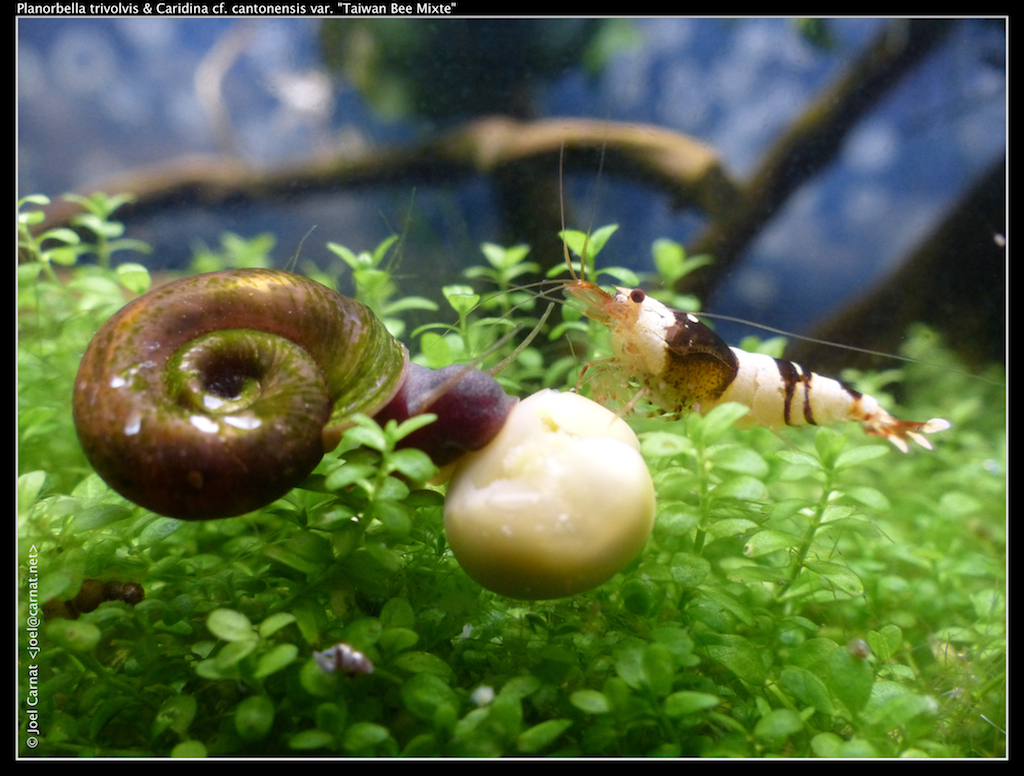
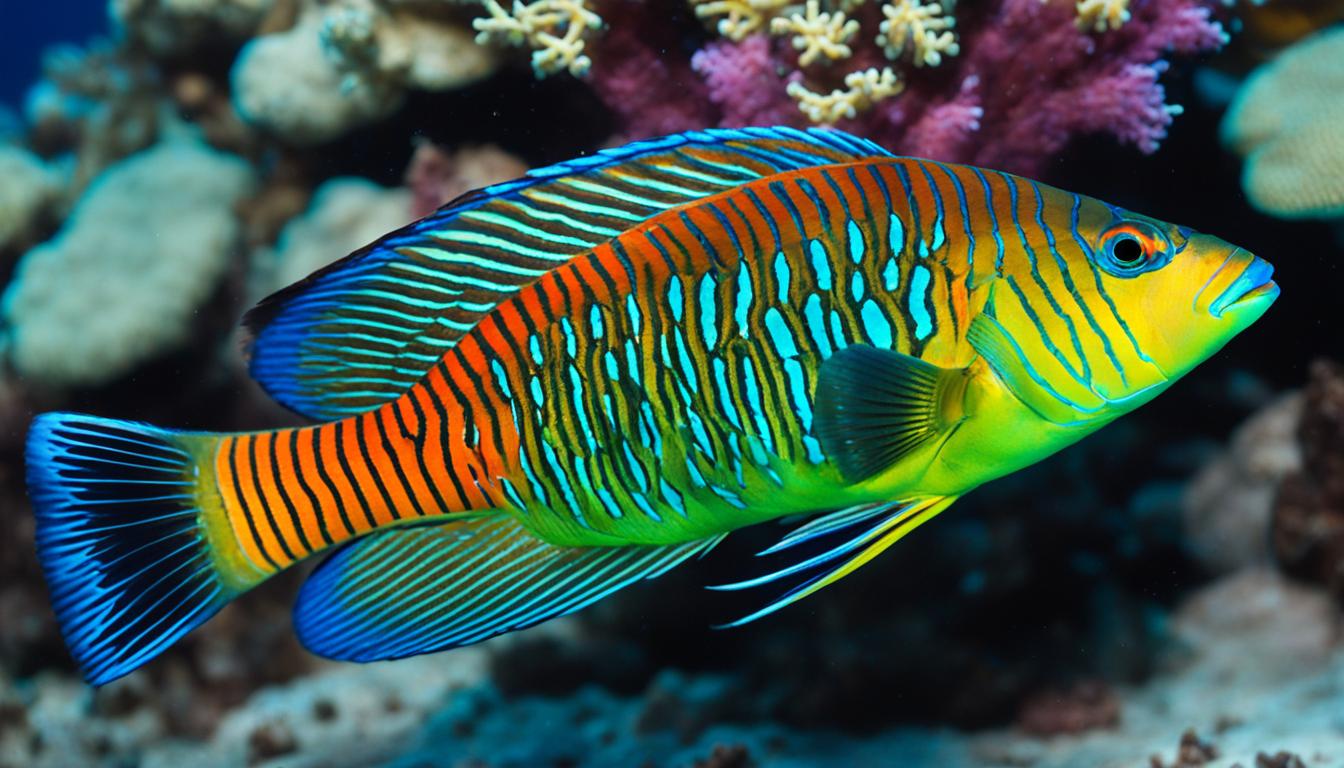
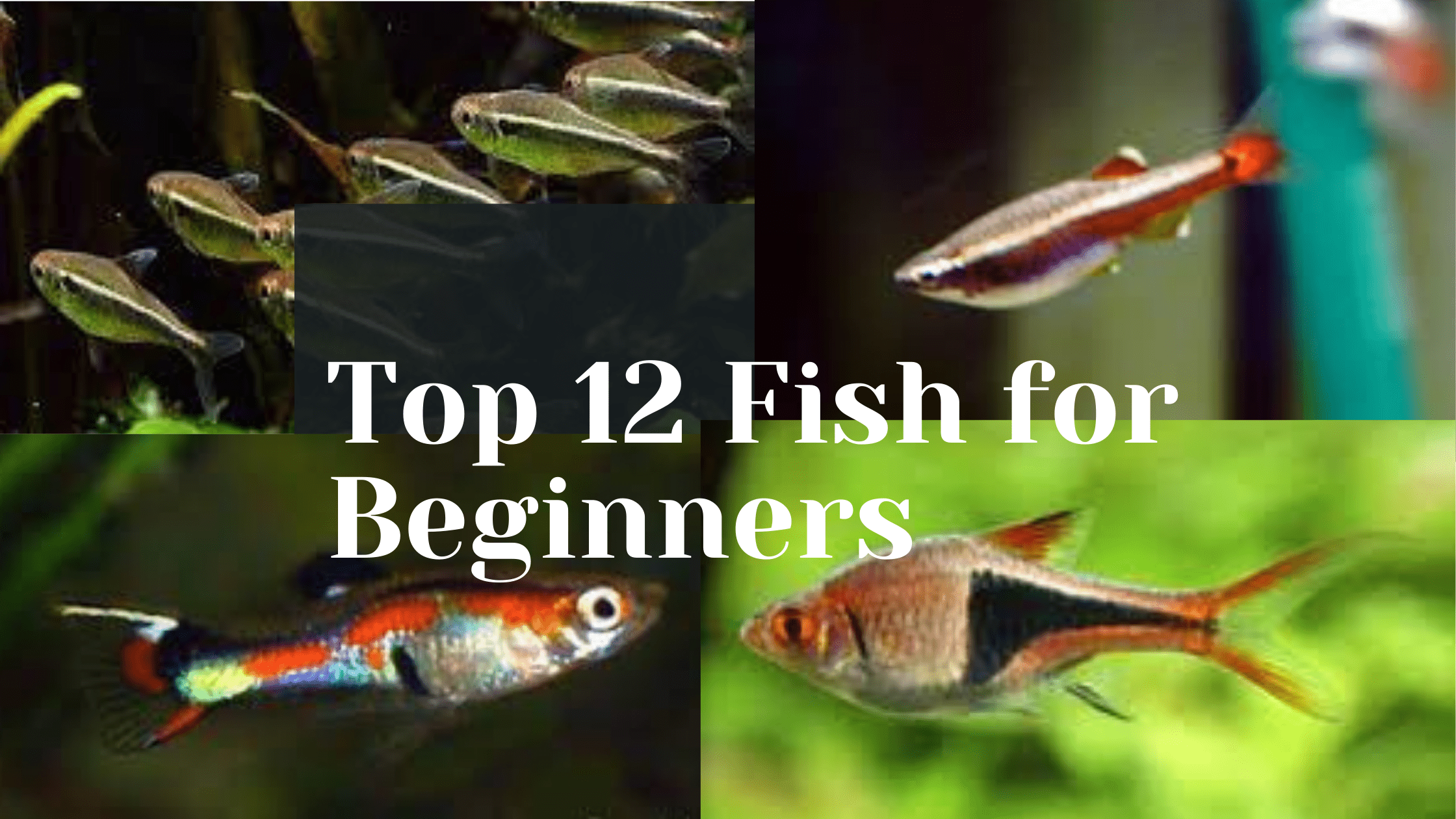
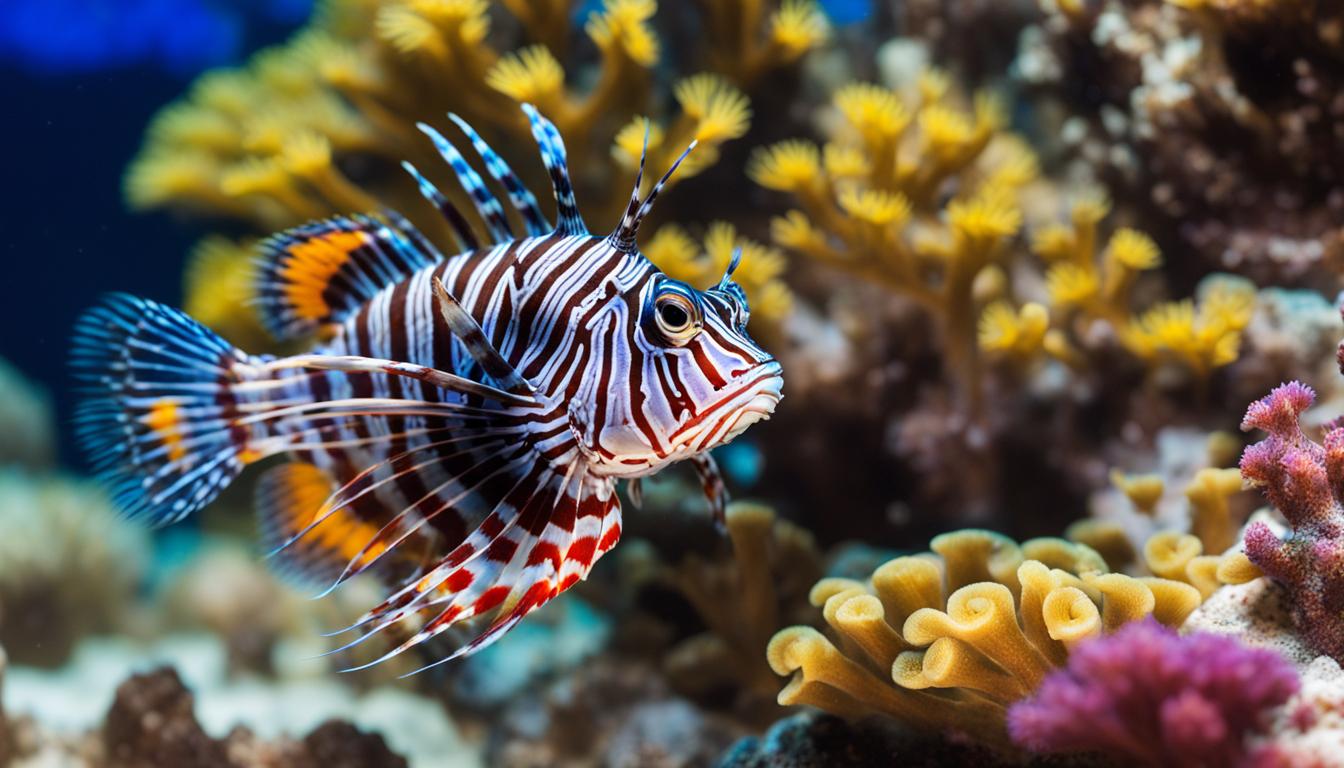
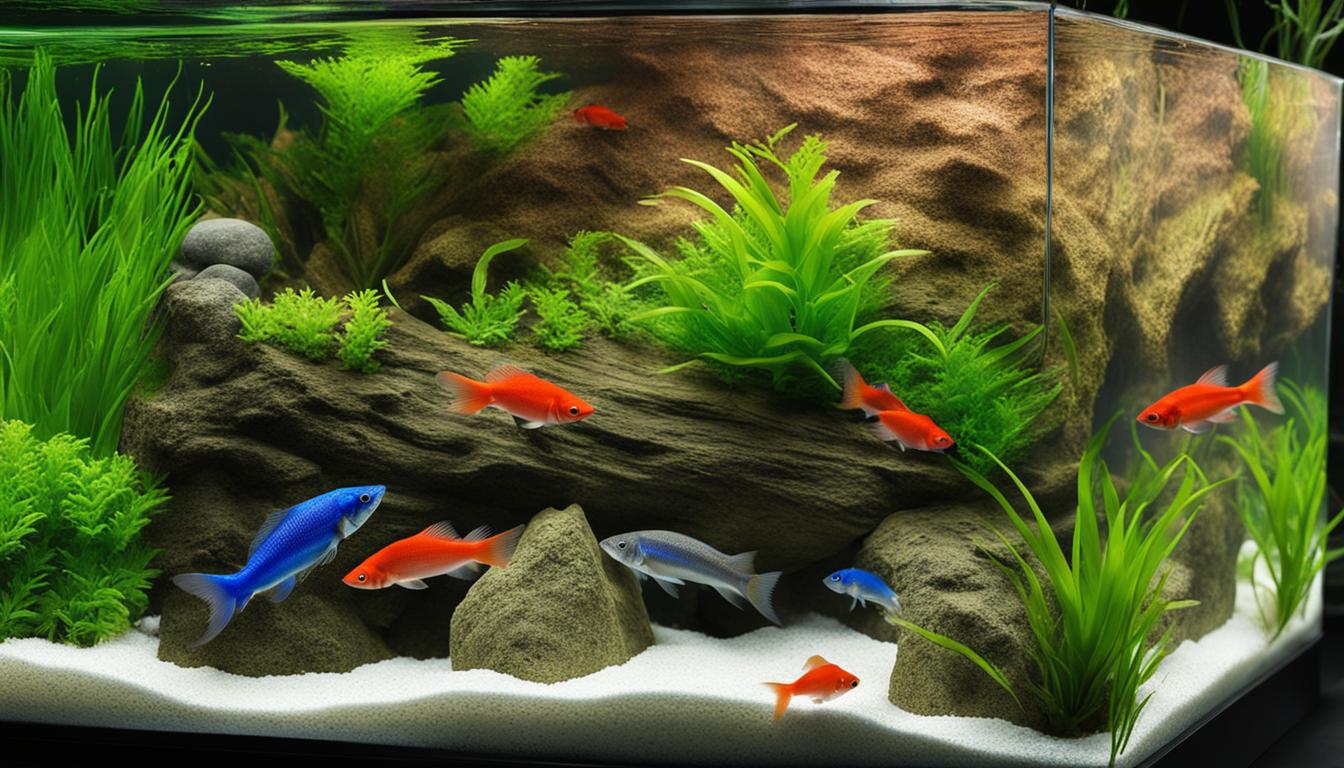

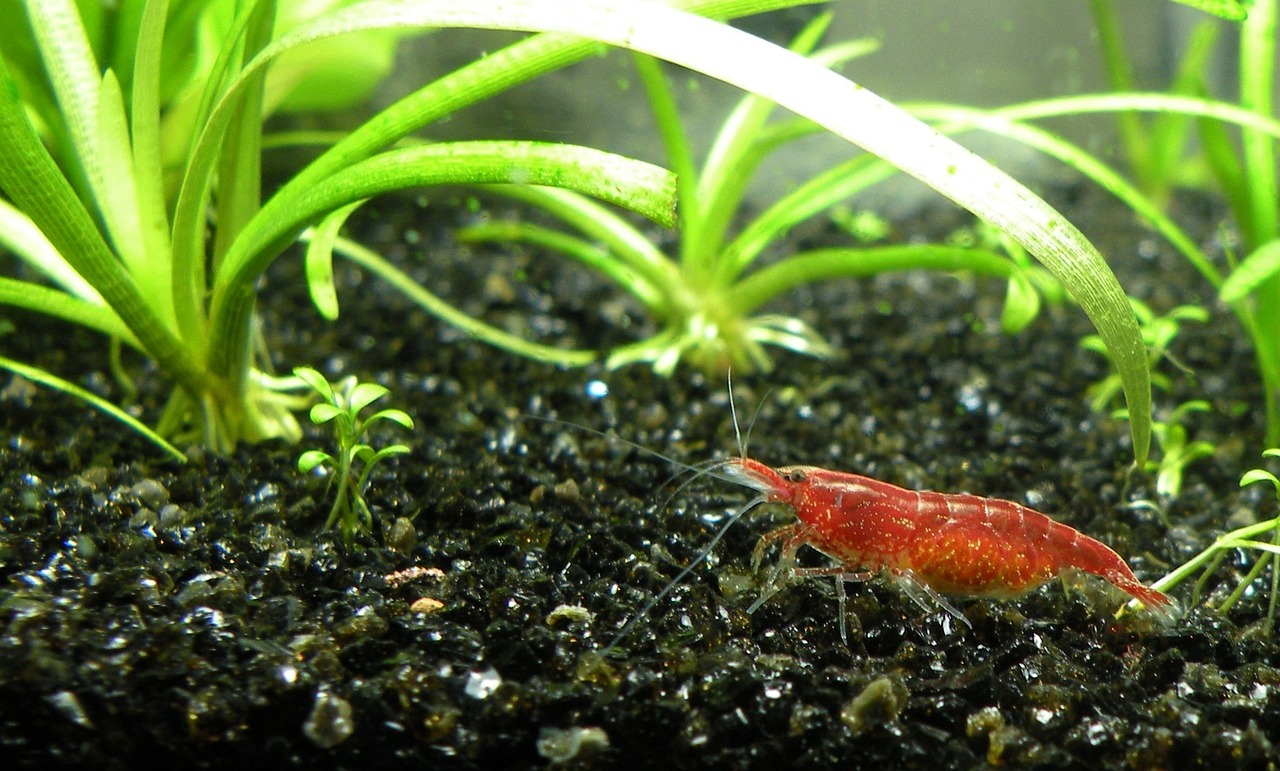
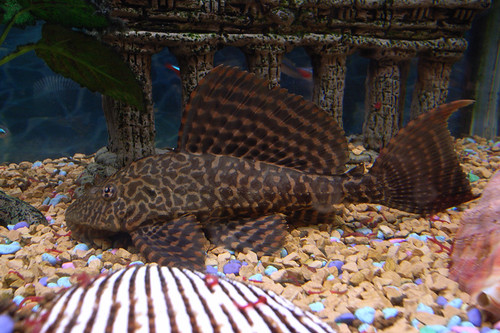
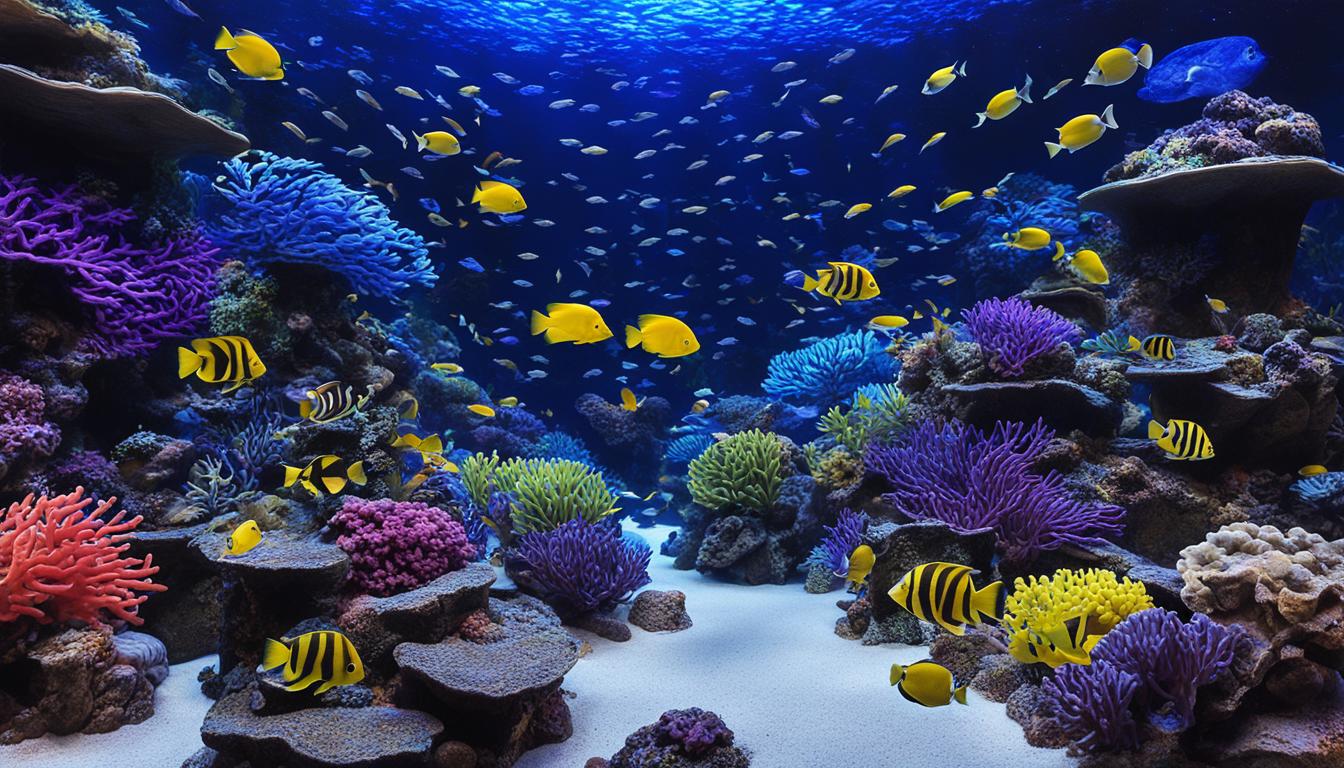
[…] quality of water is directly affected by the size of the tank. Therefore, selecting an ideal tank size for plecostomus is essential for maintaining good water quality. Adequate space in a tank allows for efficient filtration and a stable environment for your aquatic […]